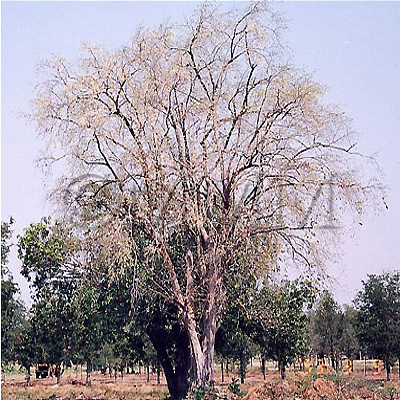Crude drug sample data base
※Click on the image to enlarge it.
The capital city, provincial capital city or the representative
location of its administrative area is indicated.
location of its administrative area is indicated.
Production area information
https://ethmed.toyama-wakan.net/img/pin_san.png
13.7563309
100.50176510000006
Collection information
Kingdom of Thailand,Bangkok
https://ethmed.toyama-wakan.net/img/pin_nyu.png
Scientific information data base
| Crude drug name | Thai name, English name | Pru | ||||
|---|---|---|---|---|---|---|
| crude drug image |
| |||||
| Original plant name | Alangium salviifolium ssp. hexapetalum Wangerin syn. Alangium alviifolium (L. f.) Wangerin, Alangium hexapetalum Lam., Alangium lamarckii Thwaites | |||||
| original plant image |
| |||||
| Family name | Alangiaceae | |||||
| Used part | Wood (heartwood), also stem bark, root bark, leaf, and fruit | |||||
| Distribution area | Hill evergreen forest, moist areas, also in mangrove. Scattered in open areas of Northern Thailand. Commonly grown for its fragrant flowers. Also found in Sri Lanka, India, Myanmar, S. China, N. Vietnam, and throughout Malaysia. | |||||
| Frequency in use | Rare. | |||||
| Traditional usage | Heartwood has a plain and slightly astringent taste. Wood (heartwood): general tonic and antihemorrhoids. Root bark: induce vomiting, for skin diseases, fever, and as a purgative. Stem bark: with cautions, for asthma, expectorant for asthmatics, for indigestion and antidiarrhea. Leaf: a poultice used externally for rheumatic pains. Fruit: astringent, carminative and vermifuge. | |||||
| Drug effect | Cooling, General tonic (wood)., Carminative, Vermifuge (fruit) | |||||
| Chemical constituent | Alkaloids, such as anabasine, cephaeline, psychotrine, alangine, tubolusine. More reports under the name A. lamarckii Thwaites, for examples: four tetrahydroisoquinoline-monoterpene glycosides from the water soluble fraction of the dried fruits of Alangium lamrckii, namely 6-O-methyl-N-deacetylisoipecosidic acid, 7-O-methyl-N-deacetylisoipecosidic acid, 6,7-di-O-methyl-N-deacetylisoipecosidic acid and 6''-O-α-D-glucopyranosyl-6-O-methyl-N-deacetylisoipecosidic acid, and an iridoid glycoside, 6'-O-α-D-glucopyranosylloganic acid. | |||||
| Pharmacological effect | The lyophilized wood extract shows antifungal activity without local toxicity. | |||||
| Medical system | Thai medicine | |||||
| Preparations | Poultice, etc. | |||||
| Related drugs | The plant is similar to 3 other closely related species (A. barbatum, A. kurzii, and A. chinense) but these flowers are with more distinct inflorescence stalks and leaves are broadly ovate. | |||||
| Side effect | Stem bark, seed: fatal due to the presence of alkaloids, in a small dose lower the heart rate, produce irregular respiration and increase intestinal movement. | |||||
| References | Reference book Tips! | The Forest Herbarium of the Royal Forest Department: Thai Plant Names Tem Smitinand, Revised Edition 2001. Prachachon Co.Ltd., Bangkok. Wuttidhamvate W.: Saranukrom Samunplai, 1997. Odian Store Press, Bangkok. Gardner S, Sidisunthorn P, and Anusarnsunthorn V.: A Field Guide to Forest Tree of Northern Thailand, 2000. Kobfai Publishing Project, Bangkok. Department of Pharmaceutical Botany, Faculty of Pharmacy, Mahidol University.: Medicinal Plants in Thailand, vol I. Saralamp P, Chuakul W, Temsiririrkkul R, Clayton T, editors. 1996. Amarin Printing and Publishing Public Co., Ltd., Bangkok. | ||||
| Research paper | 1. (PMID:10843602) 2. (PMID:11281140) 3. (PMID:12971498) | |||||
| Remarks | Timber, heavy and close grained, is generally used for carvings, inlays, pestles, oil mills and cattle bells. The plant is grown as an ornament for its fragrant flower. | |||||
| Last renewal date | 2022/02/17 | |||||






